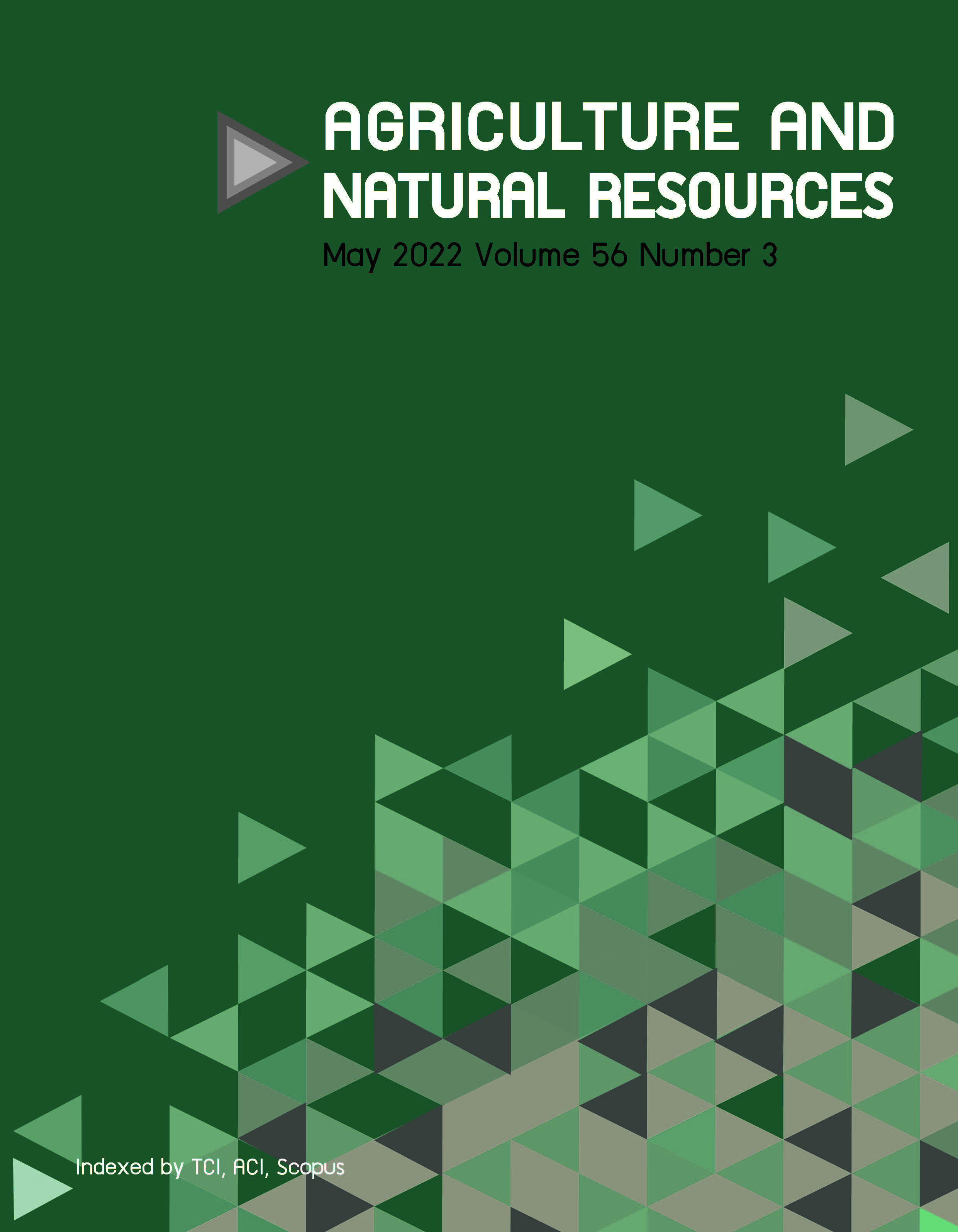Primordial germ cell migration in banana shrimp: Fenneropenaeus merguiensis
Keywords:
F. merguiensis, Immunohistochemistry, Vasa, Vasa-like protein, Whole-mountAbstract
Importance of the work: For broodstock preparation and germ cell transplantation in Fenneropenaeus merguiensis, essential information on primordial germ cell (PGC) migration is lacking.
Objectives: To locate and track PGCs in F. merguiensis by detecting vasa-expressed cells during gonad development.
Materials & Methods: Immunohistochemistry of the vasa-like protein was performed to validate the vasa of the spermatogonia in the shrimp testis. Using whole-mount staining of the vasa-like protein, migrating PGCs were detected in the fertilized egg and the nauplius 4, zoea 3, mysis 3 and postlarva 1 stages.
Results: The vasa-like protein in the spermatogonia of the adult testis was specifically detected based on immunohistochemistry. Using whole-mount immunohistochemistry, the stained vasa-like protein was identified around the egg margin of fertilized eggs. In the nauplius 4 stage, vasa-like protein in PGCs was found in the ventral aspect of the cephalothorax region. In the zoea 3 and mysis 3 stages, vasa-like protein was detected in PGCs at the ventral aspect of the cephalothorax and migrated to the pereopod parts. Finally, in the postlarva 1 stage, the appearance of the vasa-like protein in PGCs was noted in the cephalothorax, pereopod and telson.
Main finding: Vasa-like protein was identified and indicated the migration of PGCs during gonad formation in F. merguiensis larvae. The obtained information should facilitate PGC tracking and provide valuable information for germ cell manipulation concerning gonad development in shrimp.
Downloads
Published
How to Cite
Issue
Section
License
Copyright (c) 2022 Kasetsart Universityonline 2452-316X print 2468-1458/Copyright © 2022. This is an open access article under the CC BY-NC-ND license (http://creativecommons.org/licenses/by-nc-nd/4.0/),
production and hosting by Kasetsart University of Research and Development Institute on behalf of Kasetsart University.







